A shooting jacket is an item of practical rural attire specifically designed for hunting and other shooting sports, such as clay pigeon shooting. As well as oversized front pockets that allow for the carrying of cartridges and other gun-related paraphernalia, the shooting jacket also has special cuts at the shoulder to allow for easier movement and the ability to lift a gun high to shoot high-flying targets. Many shooting jackets are also waterproof with a breathable liner to cope with adverse weather conditions, and many also have concealed zips to avoid the sctratching of the gun.
The Theory of the Duke
As for the origins of the shooting jacket, the most commonly cited theory holds that the style was originally invented in the mid-to-late 19th century (sometime in the 1860s to be slightly more precise) by one Henry Fitzalan-Howard, who just happened to be the 15th Duke of Norfolk. Hence one of the jacket’s alternative monikers, the Norfolk jacket.
Having been conceived by the duke, the jacket is then said to have been popularised in the 1880s by the then Prince of Wales, who was later to become King Edward VII. As royal fashion was in those days commonly revered and imitated, Edward VII also made the Homburg hat a hit.
Although this theory sounds reasonable enough, there is not a lot of evidence to support it, and other theories are also in existence.
The Theory of the Earl
Another theory holds that the Earl of Leicester, one Thomas William Coke, was more likely the first to wear this famous hunting garment as he gadded about his 43,000 acre Norfolk estate, killing things. Coke was well-known for entertaining England’s nobility at his country pile in the 1820s, where they hunted partridge, pheasants, and doubtless, anything else that wandered into view.
The Earl and his posh pals, including the then Prince of Wales and future king, George IV, allegedly adopted the jacket with a wide belt, box pleasts and more spacious patch pockets for the carrying of hunting knickknacks. The belt apparently improved the line of the jacket, as well as keeping out the cold air.
Again, there is little solid evidence to support this theory, but it’s not implausible.
As far as verifiable facts are concerned, the shooting jacket was definitely worn by the Rifle Corps of the Volunteer Force in 1859 (which rather spoils the first theory). It also appeared in fashion magazines for young boys’ outfits in the same year. We also know for sure that it originated in Norfolk, became popular in 1860s and over the following couple of decades, became increasingly popular with the general public, as rural activities such as fishing and hunting became more widespread. Furthermore, by the 1890s, we know that stylish young men had started wearing it around town, without their gun, because it just looked so damned good.

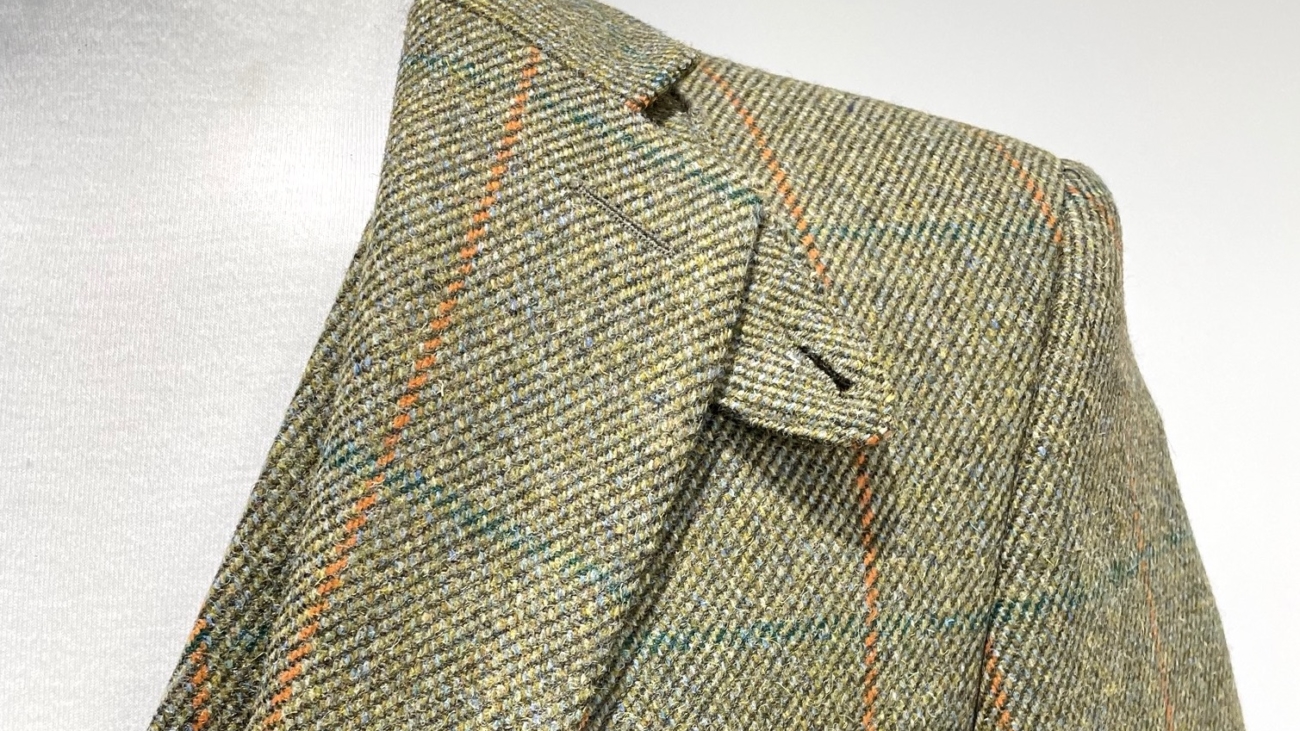
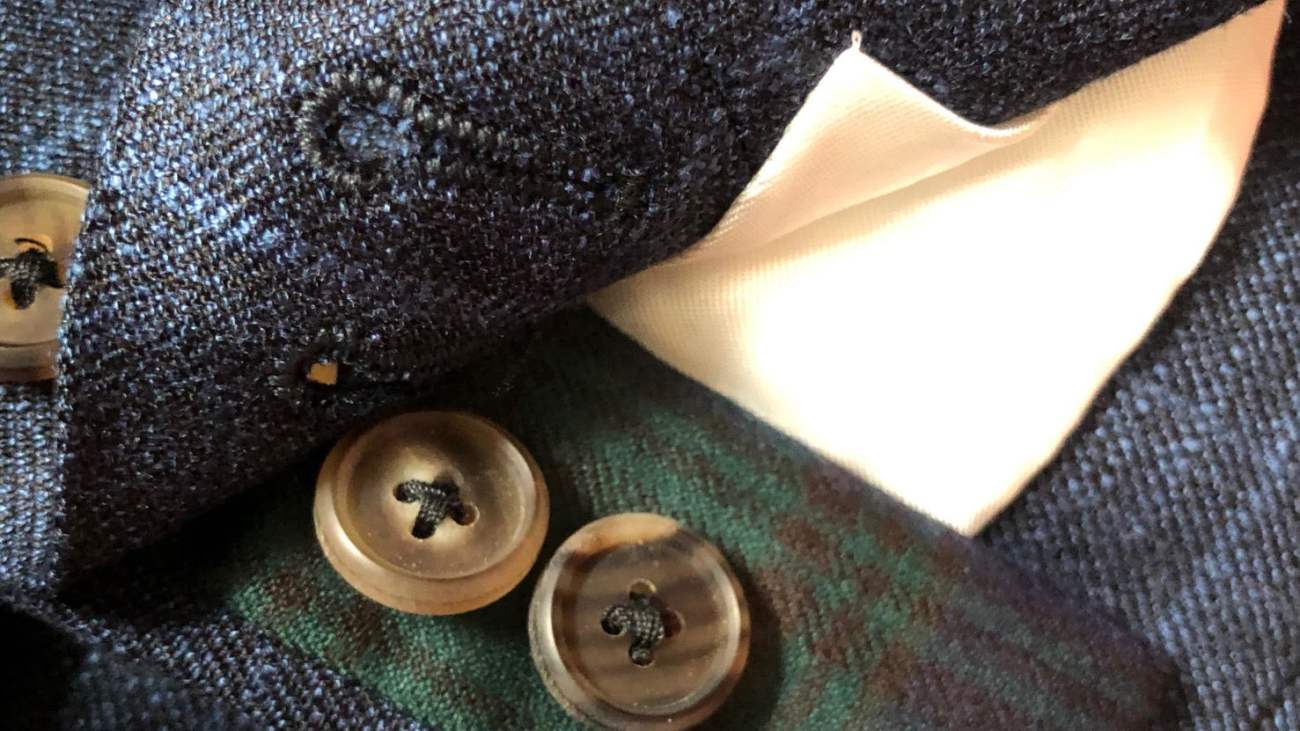

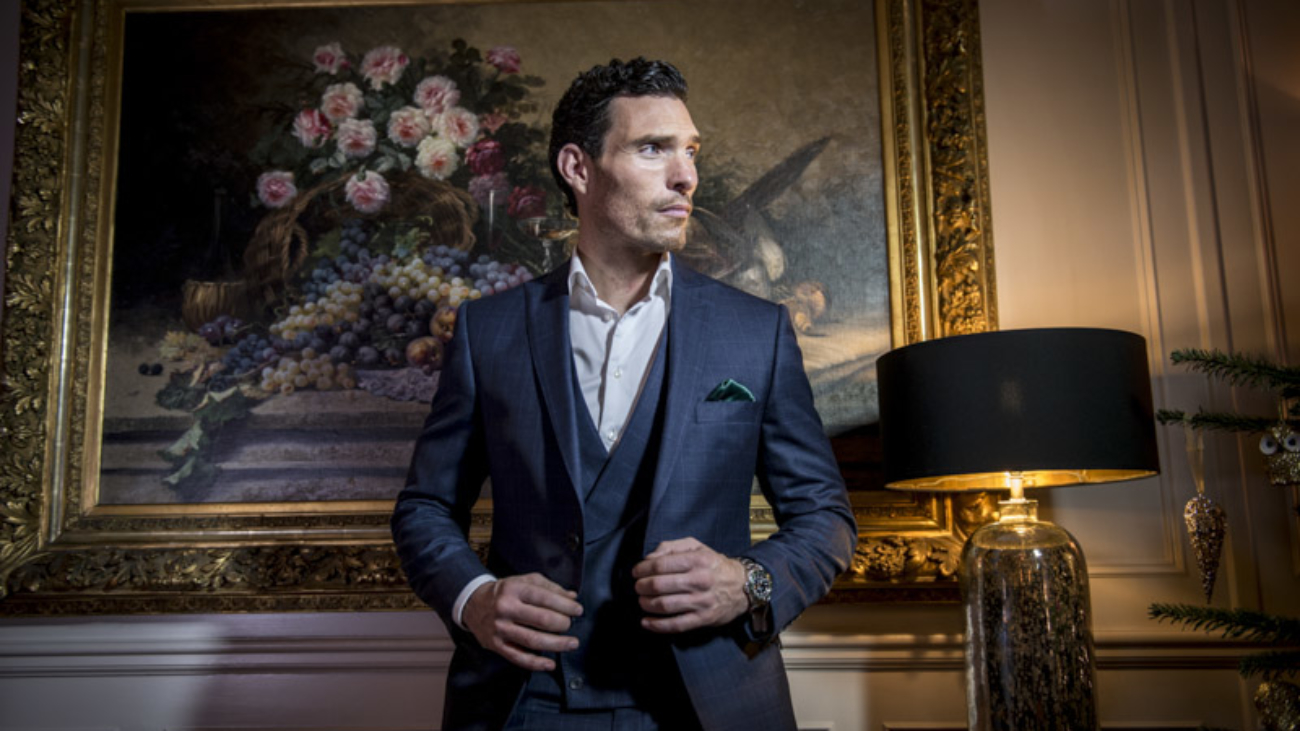
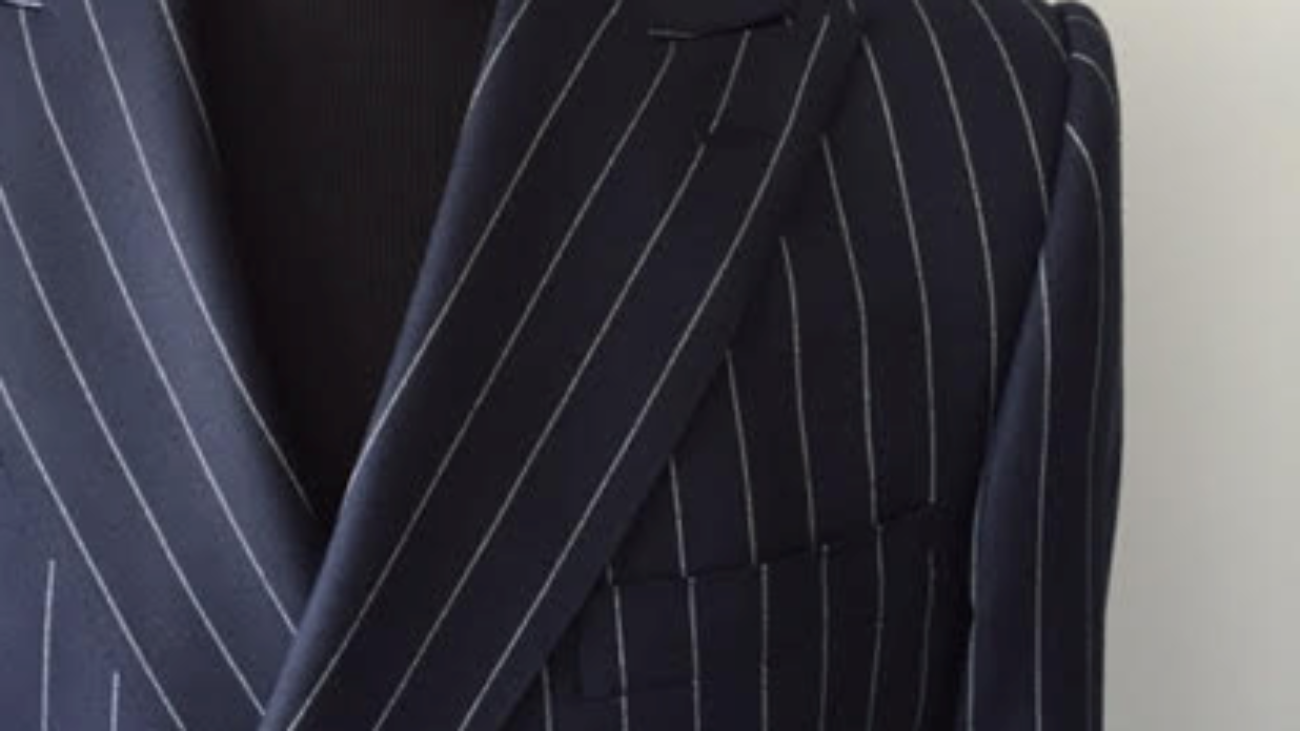
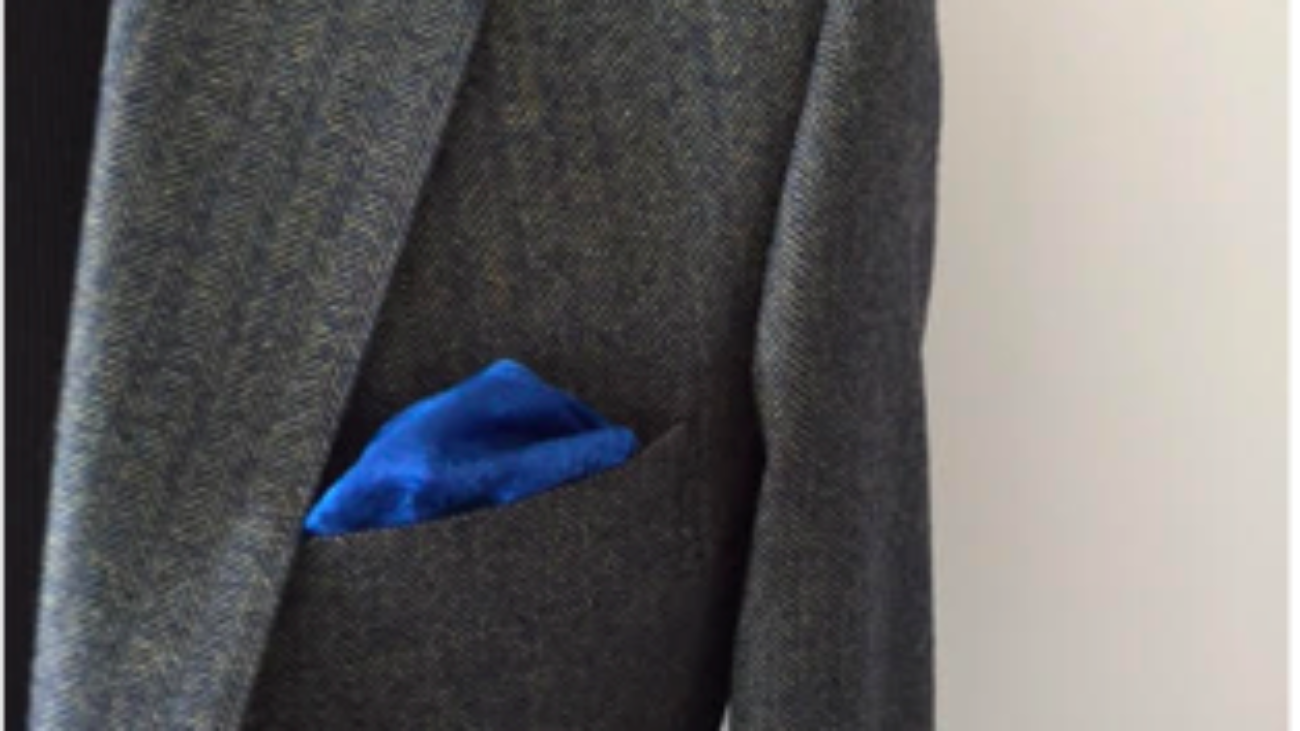
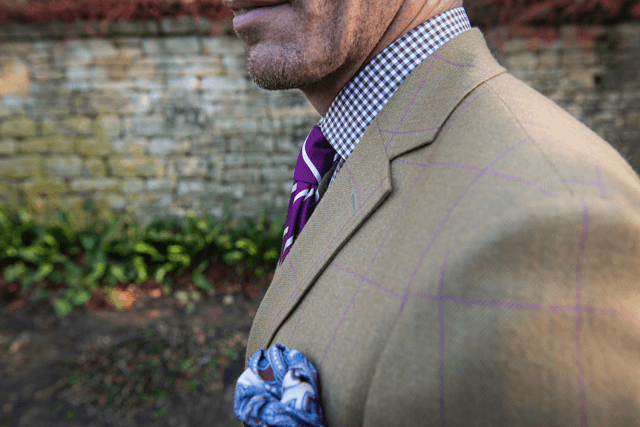 The handkerchief became increasingly popular in the 1400s, when it evolved from practical item to fashion accessory, from cheap cotton cloth to fine silk square. They still came in various different shapes and sizes, but they were becoming status symbols and by the 16th and 17th centuries, embroidered silk and fine lace designs were considered highly valuable, even becoming prized family heirlooms.
It is generally believed that some conformity was introduced in the 18th century, when Marie Antoinette came to the decision that it was unseemly to have handkerchiefs of varying sizes and so had her husband Louis XVI decree a standard size of 16 square inches.
The handkerchief became increasingly popular in the 1400s, when it evolved from practical item to fashion accessory, from cheap cotton cloth to fine silk square. They still came in various different shapes and sizes, but they were becoming status symbols and by the 16th and 17th centuries, embroidered silk and fine lace designs were considered highly valuable, even becoming prized family heirlooms.
It is generally believed that some conformity was introduced in the 18th century, when Marie Antoinette came to the decision that it was unseemly to have handkerchiefs of varying sizes and so had her husband Louis XVI decree a standard size of 16 square inches.
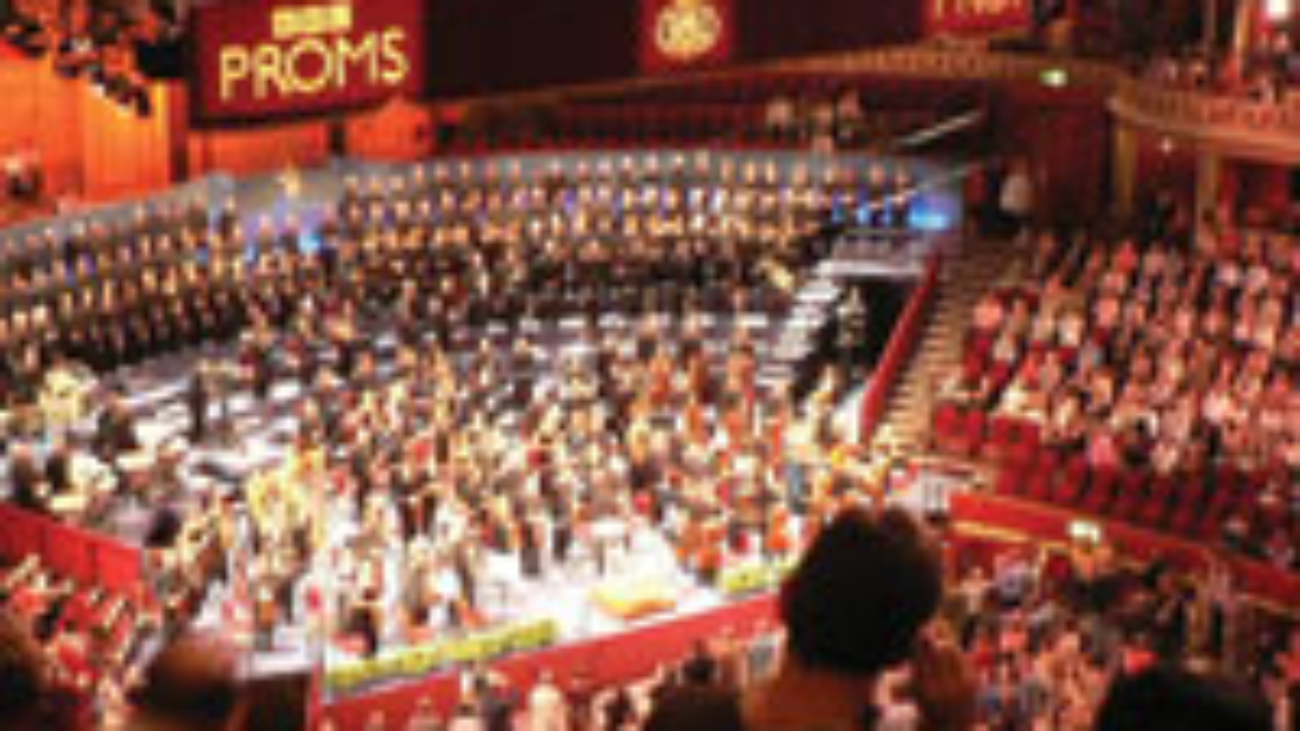
 The BBC Proms is an eight-week summer season of daily orchestral classical music concerts and other events at the Royal Albert Hall in central London. With over 90 concerts, displaying a variety of music including classical orchestral greats, to opera, jazz, and even electro-dance we’re sure you’ll find something to suit you!
From July to September people from all different backgrounds come together to enjoy the music on offer and celebrate the musical talent. The ‘Last Night Celebrations’ are held across four parts of the UK and really bring the party atmosphere to the forefront!
Although there is no formal dress code for the BBC Proms many people like to attend in a smart casual attire. Opting for garments that are comfortable will help you enjoy the delights on offer. Although when you hear ‘comfortable’ do not assume this means choosing baggy, laid back garments – you want to ooze confidence and style so choosing tailored items will ensure a perfect fit that complements your body shape.
Layering your clothes is a great way to deal with the temperature changes at any proms-related outdoor event, so taking a blazer with you in textured wool will ensure a smart but not too formal look. This versatile jacket will work well with many trouser options.
For that smart casual look, a well-tailored pair of chinos are lightweight and canportray a positive impression in any colour. If you’re feeling bold, a light colour will brighten up the outfit. Match these with either a classic Oxford shirt or even a smartpolo shirt but be sure to stick with the basics only – anything more daring will throw the smart casual look you are trying to achieve out the window.
Loafers, suede brogues and boat shoes all work well with the smart casual theme. Make sure you choose a design that is comfortable for you – for many of the concerts there is a lot of queuing and standing so be aware!
Accessorise your outfit with a belt that matches your shoe colour and a classic watch can always bring an outfit to life. These little touches show that you pay attention to detail.
And if you happen to be attending the prestigious Last Night of the Proms, then go formal. A smartly tailored tuxedo will give you all the Pomp and Circumstance you need for the occasion!
The BBC Proms is an eight-week summer season of daily orchestral classical music concerts and other events at the Royal Albert Hall in central London. With over 90 concerts, displaying a variety of music including classical orchestral greats, to opera, jazz, and even electro-dance we’re sure you’ll find something to suit you!
From July to September people from all different backgrounds come together to enjoy the music on offer and celebrate the musical talent. The ‘Last Night Celebrations’ are held across four parts of the UK and really bring the party atmosphere to the forefront!
Although there is no formal dress code for the BBC Proms many people like to attend in a smart casual attire. Opting for garments that are comfortable will help you enjoy the delights on offer. Although when you hear ‘comfortable’ do not assume this means choosing baggy, laid back garments – you want to ooze confidence and style so choosing tailored items will ensure a perfect fit that complements your body shape.
Layering your clothes is a great way to deal with the temperature changes at any proms-related outdoor event, so taking a blazer with you in textured wool will ensure a smart but not too formal look. This versatile jacket will work well with many trouser options.
For that smart casual look, a well-tailored pair of chinos are lightweight and canportray a positive impression in any colour. If you’re feeling bold, a light colour will brighten up the outfit. Match these with either a classic Oxford shirt or even a smartpolo shirt but be sure to stick with the basics only – anything more daring will throw the smart casual look you are trying to achieve out the window.
Loafers, suede brogues and boat shoes all work well with the smart casual theme. Make sure you choose a design that is comfortable for you – for many of the concerts there is a lot of queuing and standing so be aware!
Accessorise your outfit with a belt that matches your shoe colour and a classic watch can always bring an outfit to life. These little touches show that you pay attention to detail.
And if you happen to be attending the prestigious Last Night of the Proms, then go formal. A smartly tailored tuxedo will give you all the Pomp and Circumstance you need for the occasion! 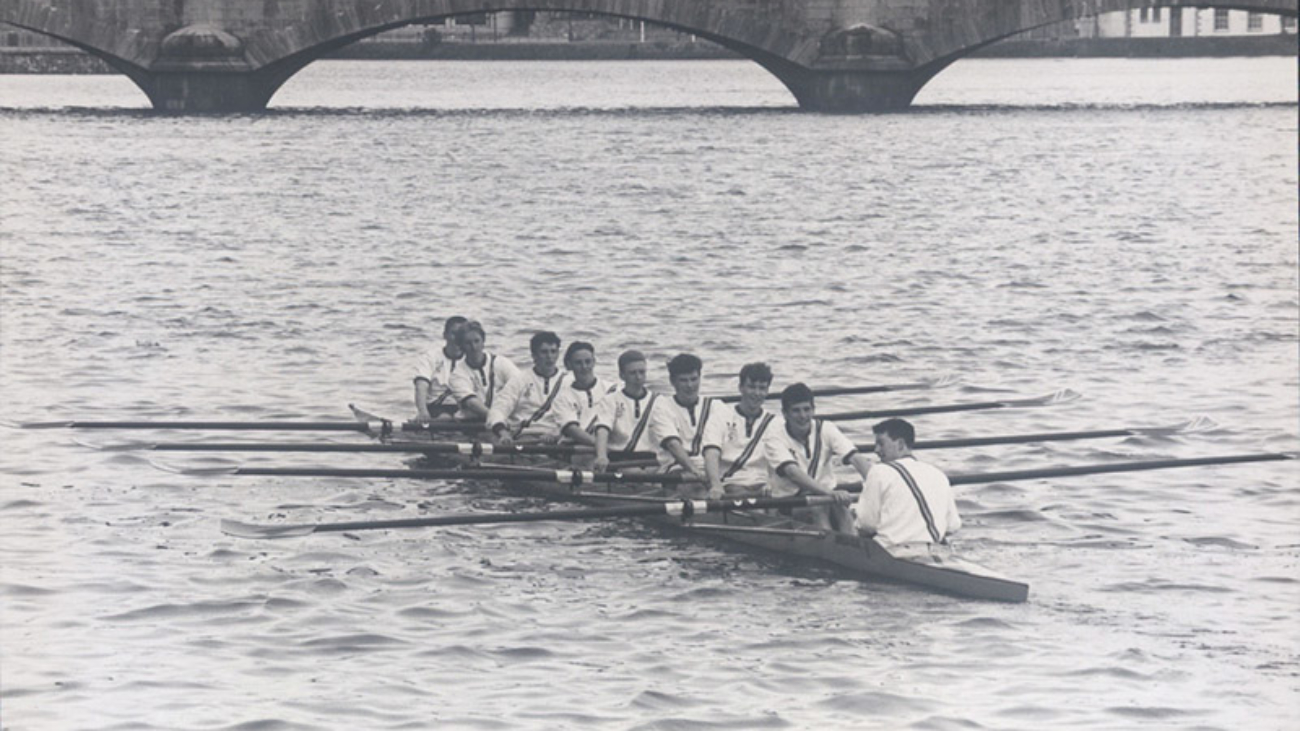
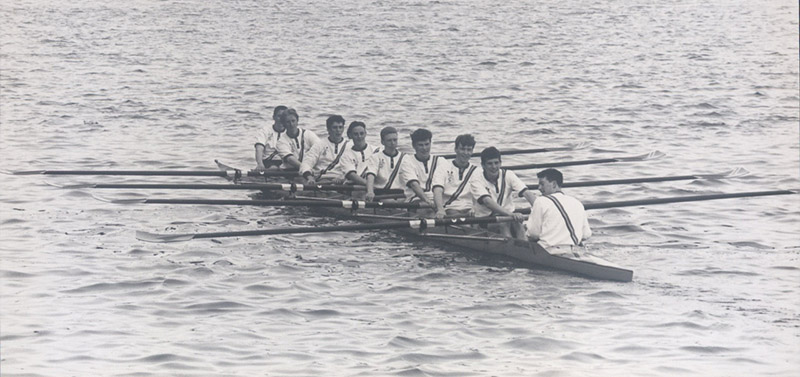 There are many outdoor events to look forward to in spring including The Boat Race on Sunday 27 March 2016 which is fast approaching. So, if you plan to join the crowds along the four-and-a-quarter mile course from Putney to Mortlake to soak up the atmosphere and partake in a riverside drink or two, you need to look good and feel good with high quality, stylish and functional attire.
This sporting institution has a casual spectator dress code (straw boater optional), which is more relaxed than the formal Henley Royal Regatta, and incorporates convention as well as what’s on trend.
Boating blazers are traditionally single breasted and similar to suit jackets but have a looser cut and made from a strong material so they are robust like a sports jacket. A popular style is brightly coloured stripes, your personality will govern how loud the colour choice, with contrast piping. Pure wool suits don’t keep out the cold, so it’s best to opt for a spun flannel, which is made from wool but is softly woven and brushed to create extra softness so you’re not affected by the cool river breeze
The multi-coloured striped blazer with gold buttons is a staple piece to align yourself with the colours of the university you attended or support. But if you prefer to stay neutral, you can’t go wrong with the classical nautical theme such as a double-breasted dark navy blazer with metal buttons.
A white cotton shirt will suit any jacket colour. Or pastel shades of pink, yellow or blue match well with navy. Wear without a tie and slightly unbuttoned to adopt the informal style.
Once you have chosen your blazer, you need beige, cream or camel-coloured chinos to complete the look. The best option for shoes is a pair of comfortable and sturdy tan or light brown loafers or brogues.
Taking into account the usually cold and windy weather conditions, you need prepare for warmth and practicality such as warm layers, a good scarf and possibly waterproofs.
Bespoke tailoring offers more fabric choice and a wide range of colours. A tailor-made suit is more hard-wearing and durable than anything you can buy in a shop, and ensures the pattern and cut are individually customised to you for the perfect fit – whether you prefer a classic cut, a relaxed style or the on-trend slim fit.
There are many outdoor events to look forward to in spring including The Boat Race on Sunday 27 March 2016 which is fast approaching. So, if you plan to join the crowds along the four-and-a-quarter mile course from Putney to Mortlake to soak up the atmosphere and partake in a riverside drink or two, you need to look good and feel good with high quality, stylish and functional attire.
This sporting institution has a casual spectator dress code (straw boater optional), which is more relaxed than the formal Henley Royal Regatta, and incorporates convention as well as what’s on trend.
Boating blazers are traditionally single breasted and similar to suit jackets but have a looser cut and made from a strong material so they are robust like a sports jacket. A popular style is brightly coloured stripes, your personality will govern how loud the colour choice, with contrast piping. Pure wool suits don’t keep out the cold, so it’s best to opt for a spun flannel, which is made from wool but is softly woven and brushed to create extra softness so you’re not affected by the cool river breeze
The multi-coloured striped blazer with gold buttons is a staple piece to align yourself with the colours of the university you attended or support. But if you prefer to stay neutral, you can’t go wrong with the classical nautical theme such as a double-breasted dark navy blazer with metal buttons.
A white cotton shirt will suit any jacket colour. Or pastel shades of pink, yellow or blue match well with navy. Wear without a tie and slightly unbuttoned to adopt the informal style.
Once you have chosen your blazer, you need beige, cream or camel-coloured chinos to complete the look. The best option for shoes is a pair of comfortable and sturdy tan or light brown loafers or brogues.
Taking into account the usually cold and windy weather conditions, you need prepare for warmth and practicality such as warm layers, a good scarf and possibly waterproofs.
Bespoke tailoring offers more fabric choice and a wide range of colours. A tailor-made suit is more hard-wearing and durable than anything you can buy in a shop, and ensures the pattern and cut are individually customised to you for the perfect fit – whether you prefer a classic cut, a relaxed style or the on-trend slim fit. 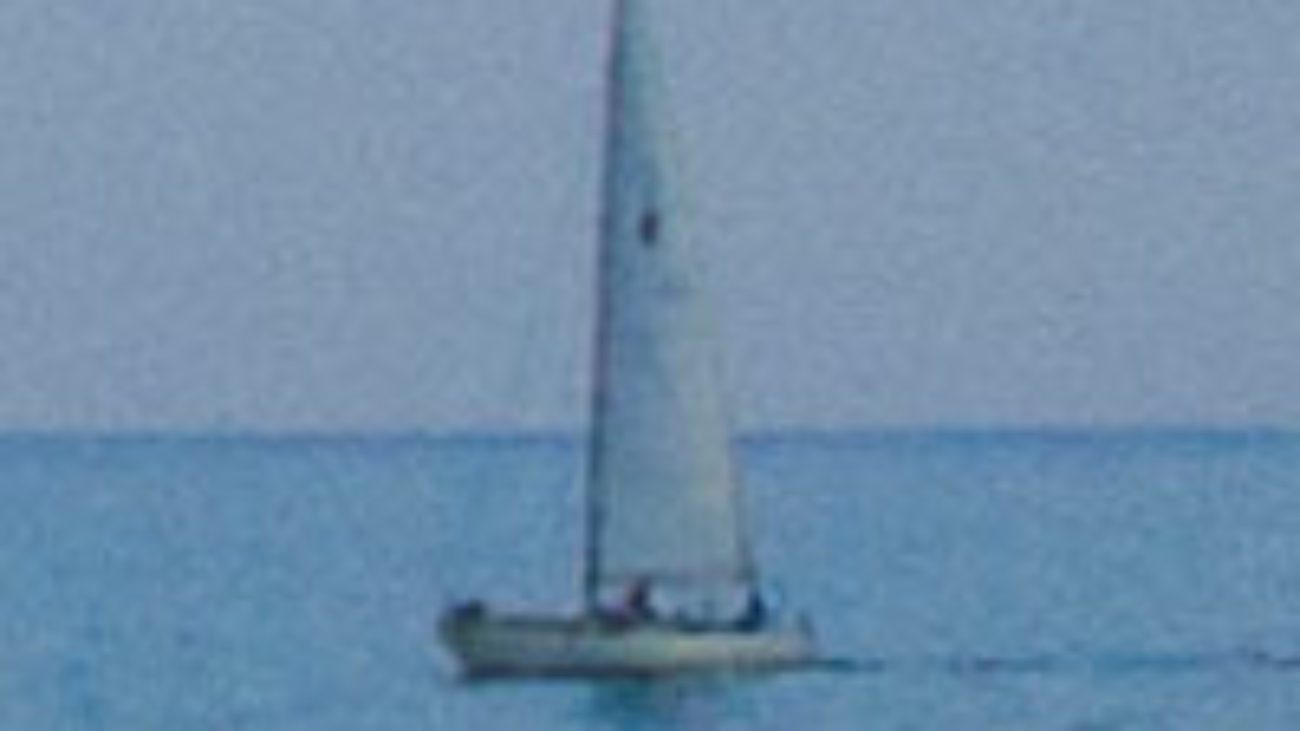
 Cowes Week is one of the longest-running and prestigious regattas in the world. It is held in Cowes on the Isle of Wight at the beginning of August and hosts 40 daily races, with up to 1,000 boats and 8,000 competitors. Ranging from Olympic and world class professionals to weekend sailors, it is the largest sailing regatta of its kind in the world.
The town becomes a hive of activity and entertainment lasts into the early hours of each morning. Around 100,000 visitors are attracted to Cowes by the festival atmosphere of the event so if you’re attending this year, make sure you feel stylish and comfortable at this fantastic occasion.
There is no formal dress code for being a spectator at Cowes Week but opting for lightweight fabrics that can be layered can offer versatility that will prove vital when it comes to the British weather.
If you are heading to Cowes Yacht Haven or the parade, a more relaxed feel is the order of the day. Both these venues offer food and drink and live music so classic chino trousers and a polo shirt can help you feel comfortable in your surroundings. The parade is waterfront so a jacket maybe needed for late evening to keep the chill at bay. A classic two button sports jacket will keep your look casual but smart. Boat shoes will provide comfortable footwear when venturing around the shops for a bit of retail therapy.
Shepards Wharf and Northwood House offer acoustic and jazz acts, a great selection of beers and cocktails and a more relaxed ‘chill out’ style. A tailored white cotton shirt paired with lightweight blue chino trousers bring a look that will ease you from daytime browsing to night time socialising. A navy blazer will give you that subtle nautical look. Brown/tan Deck shoes or loafers are comfortable yet stylish shoes that will complement your look and provide suitable footwear for checking out the town or going aboard the spectator boats. Make sure to accessorise your outfit with sunglasses and a stylish watch.
On the final Friday evening be sure to catch the firework display, a fantastic festival atmosphere that is viewed as an integral part of the event – and don’t forget your jacket or blazer….and umbrella. You just can’t trust the British weather!
Cowes Week is one of the longest-running and prestigious regattas in the world. It is held in Cowes on the Isle of Wight at the beginning of August and hosts 40 daily races, with up to 1,000 boats and 8,000 competitors. Ranging from Olympic and world class professionals to weekend sailors, it is the largest sailing regatta of its kind in the world.
The town becomes a hive of activity and entertainment lasts into the early hours of each morning. Around 100,000 visitors are attracted to Cowes by the festival atmosphere of the event so if you’re attending this year, make sure you feel stylish and comfortable at this fantastic occasion.
There is no formal dress code for being a spectator at Cowes Week but opting for lightweight fabrics that can be layered can offer versatility that will prove vital when it comes to the British weather.
If you are heading to Cowes Yacht Haven or the parade, a more relaxed feel is the order of the day. Both these venues offer food and drink and live music so classic chino trousers and a polo shirt can help you feel comfortable in your surroundings. The parade is waterfront so a jacket maybe needed for late evening to keep the chill at bay. A classic two button sports jacket will keep your look casual but smart. Boat shoes will provide comfortable footwear when venturing around the shops for a bit of retail therapy.
Shepards Wharf and Northwood House offer acoustic and jazz acts, a great selection of beers and cocktails and a more relaxed ‘chill out’ style. A tailored white cotton shirt paired with lightweight blue chino trousers bring a look that will ease you from daytime browsing to night time socialising. A navy blazer will give you that subtle nautical look. Brown/tan Deck shoes or loafers are comfortable yet stylish shoes that will complement your look and provide suitable footwear for checking out the town or going aboard the spectator boats. Make sure to accessorise your outfit with sunglasses and a stylish watch.
On the final Friday evening be sure to catch the firework display, a fantastic festival atmosphere that is viewed as an integral part of the event – and don’t forget your jacket or blazer….and umbrella. You just can’t trust the British weather!